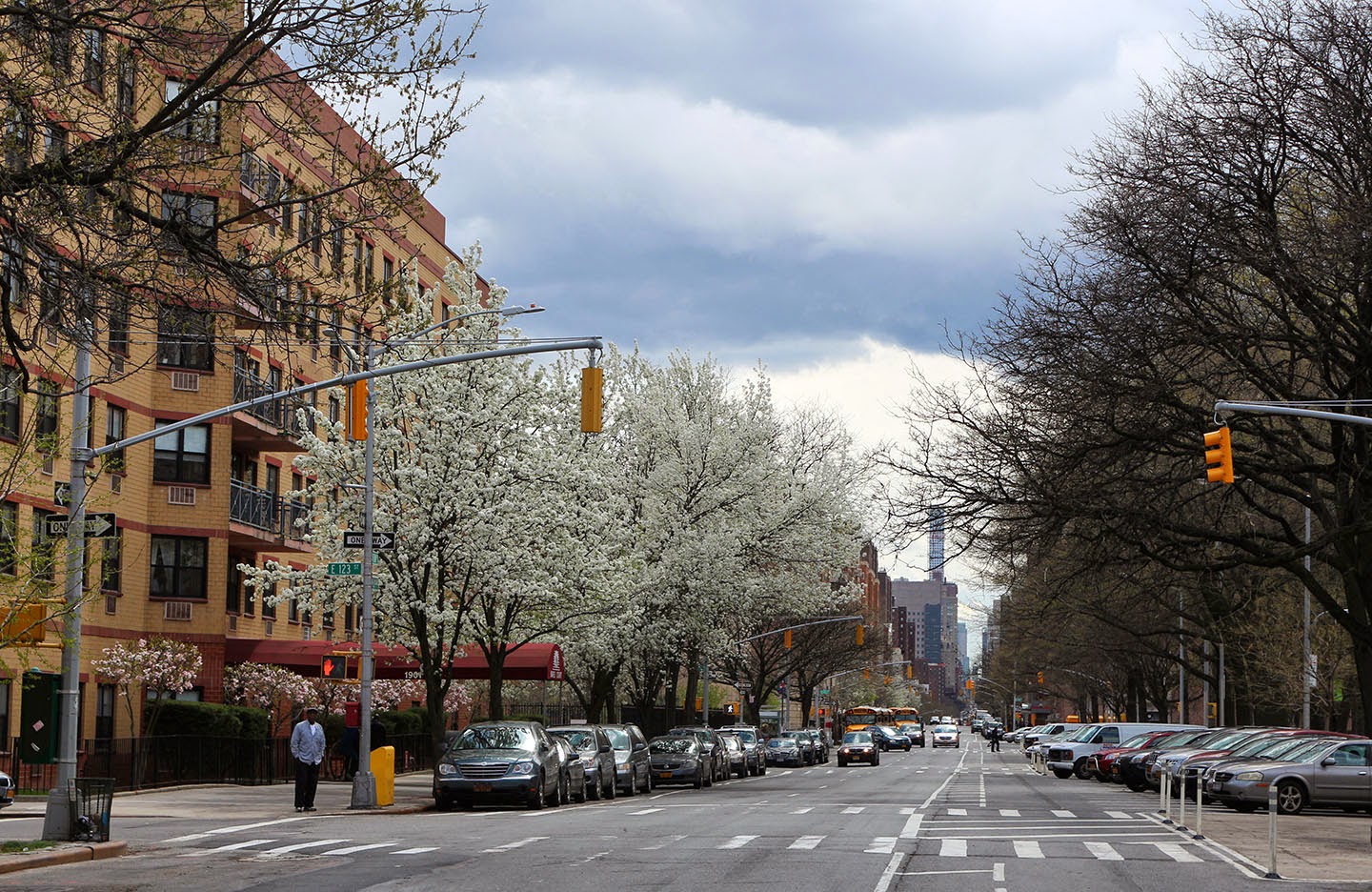Wake up, Cape Town!
I know it's Friday and that you left work at lunch time, and that the glass of Eagle's Nest viognier/Inverroche G&T/Klippies and coke are all dewy with condensation, but, this weekend, go and taste some Strandveld vermouth:
...huh?
No, you don't have to drive to Paternoster.
Go to the
Feast of Fynbos, in the beautiful green field opposite Kirstenbosch, surrounding the three little stone houses.
Spekboom - Portulacaria afra
, carbon sponge, and tart ingredient in salads, sauces and green drinks
The 40th annual whatusedtobecalledkirstenboschplantsale is no longer just one of the most hotly anticipated sources of unusual and indigenous plants in Cape Town, but has developed laterally and has adopted for this year an edible wild foods theme. Rrrrright up my alley.
Wild rosemary - Eriocephalus africanus, delicious with lamb ribs, growing in the Hex River Valley
Not only will you be guided towards edible local plants to use in your garden (and we've just begun to scratch the surface in terms of our exploration of them), but you will have a handful of top notch local wild edible plant teachers, growers and chefs on hand to give you nibbles and sips (Kobus van der Merwe's vermouth, say), as well as excellent advice on what and why.
This is a unique event. It speaks to the growing awareness of our immediate environment, to the use of landscape as a form of identity, and a flavour. In gardening terms it is a concerted move away from the repetitive knee jerk deployment of lavender hedges and Iceberg roses in a region whose floristic wealth leaves the rest of the botanical world salivating and a little shellshocked.
It is a sentient appreciation of the wild diversity of the Cape floristic region, a nod to environmental awareness, conservation, and practical appreciation of our home-grown resources. Whether you live in damp Newlands or baking Camps Bay, in the sea-mist hamlet of Scarborough or on the plains between the mountains, there will be plants for you to grow, and experts to tell you how.
Who will be there? Here's a sampling:
The lovely Marijke Honig, below - friend, and author of
Indigenous Plant Palettes, who will be signing her must-have (yes, I have it) and stunning book.
Marijke Honig, garden designer and author at Open Gardens Constantia
Loubie Rusch (Making Kos) will be selling her local fare (I can attest to the deliciousness of her buchu cordial, which is incredible shaken up with gin).
Plants foraged in Kommetjie with Loubie Rusch
Roushanna Gray from
Good Hope Gardens Nursery,
a coastal forager who leads edible coastal plant courses and who grows plants adapted to Cape Town life.
And
Kobus van der Merwe, West Coast chef and author of the gorgeous
Strandveldfood. He'll be offering his West Coast flavoured vermouth, as well as - I am told, and my mouth waters - tacos with vygies (see the leaves below).
Mosselbank at Low Tide, a Kobus van der Merwe dish featuring Mesembryanthemum crystallinum
The plants and the people are all in one place, for two days only. So go.
Saturday 18 April: 9am - 4pm
Sunday 19 April: 9am - 1pm
(And while you are there, sign up for membership of the
Botanical Society of South Africa. It will get you free entry to all national botanical gardens, for one and thing, and it will plug you straight into one of the most active, optimistic and meaningful volunteer organisations in the country.)
Other Plant Fair links:
Notes from a Cape Town Botanist
SANBI Plant Fair
_________________________________






















































